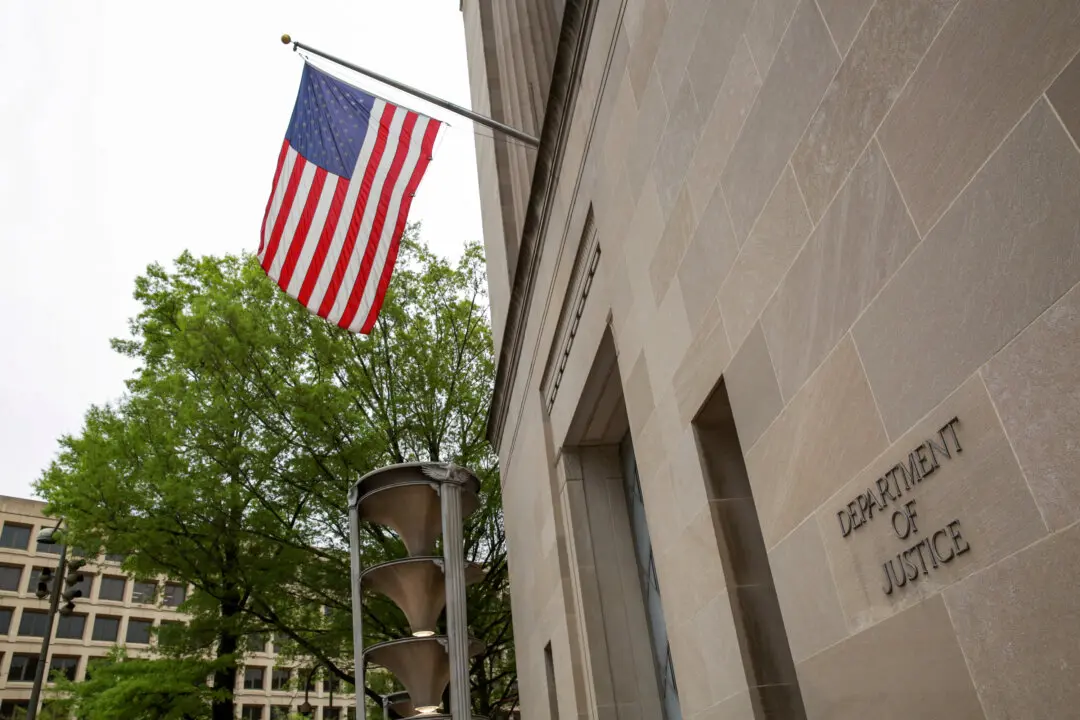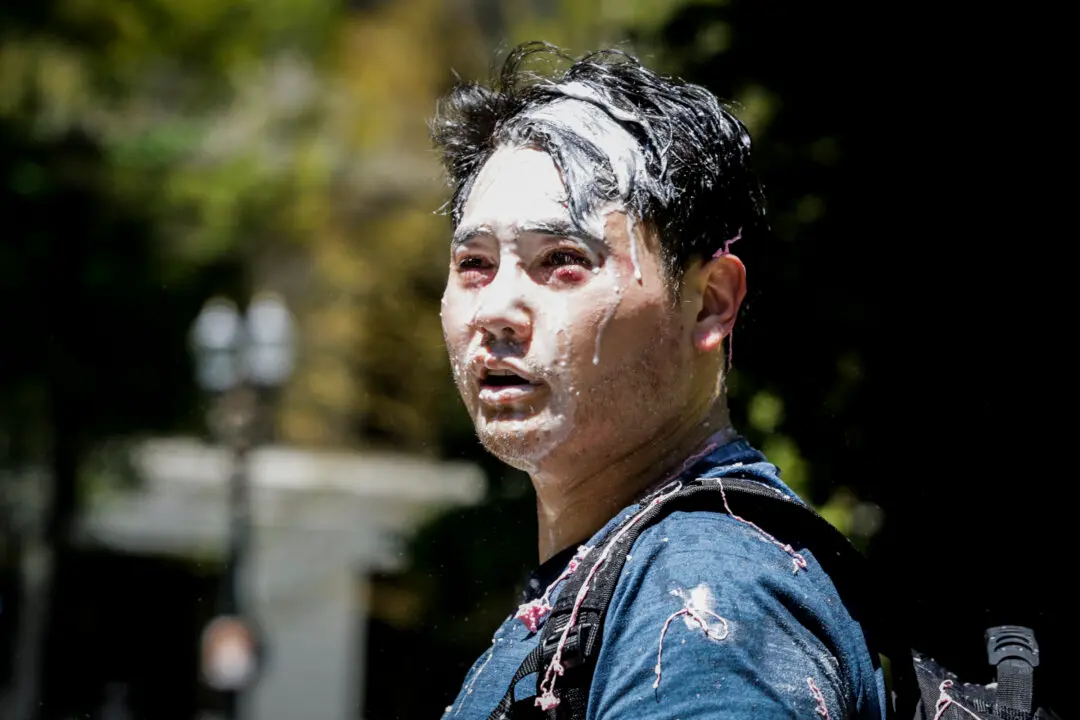What was once a vibrant and tourist-packed area has turned grim. Large chunks of metal, concrete slabs, overturned cars, and splintered wood litter the streets as rescue workers continue searching for survivors and victims after a tsunami devastated towns along the Indonesian coastlines without warning.
Indonesia’s latest tsunami, which hit the country during the evening of Dec. 22, has claimed the lives of at least 373 people, with more than 1,400 injured. A disaster agency spokesperson from BNBP said in a statement that 128 people are still missing from the affected areas along the coastlines of western Java and southern Sumatra islands.



